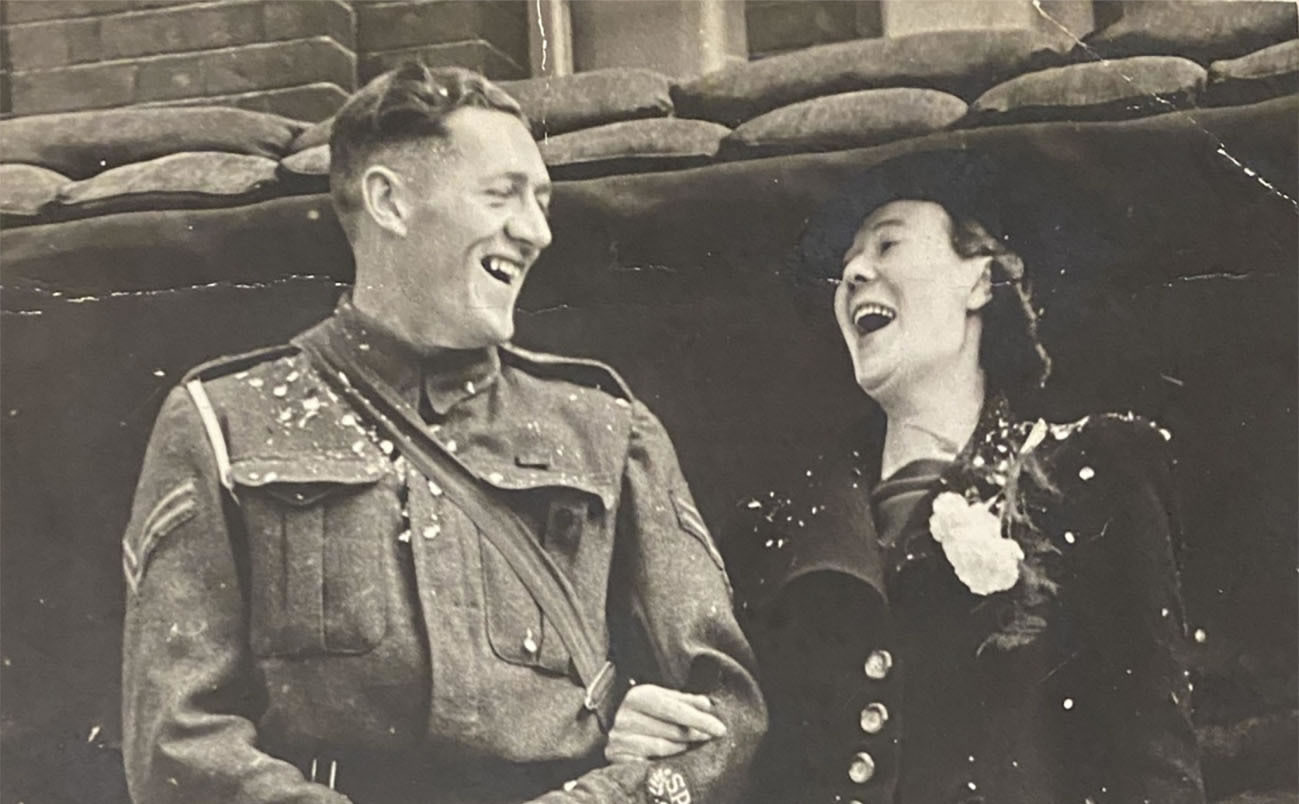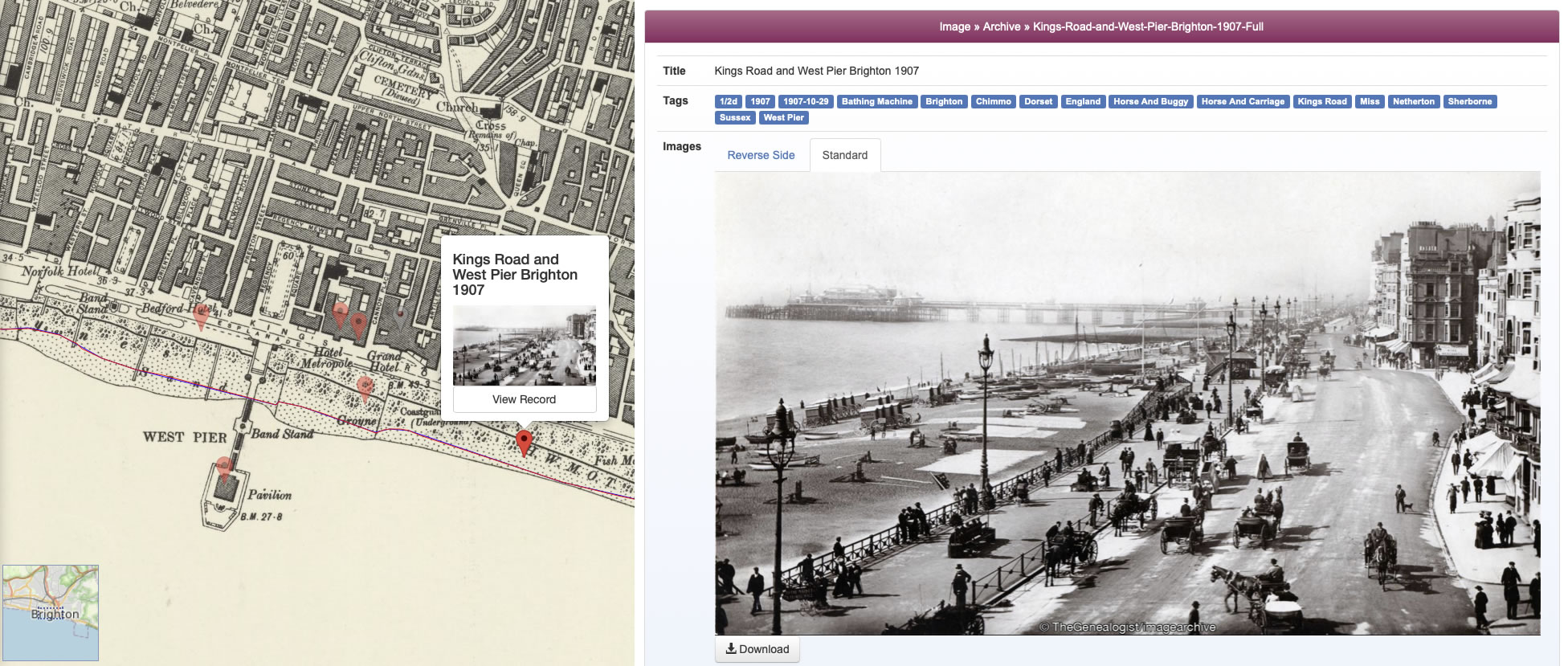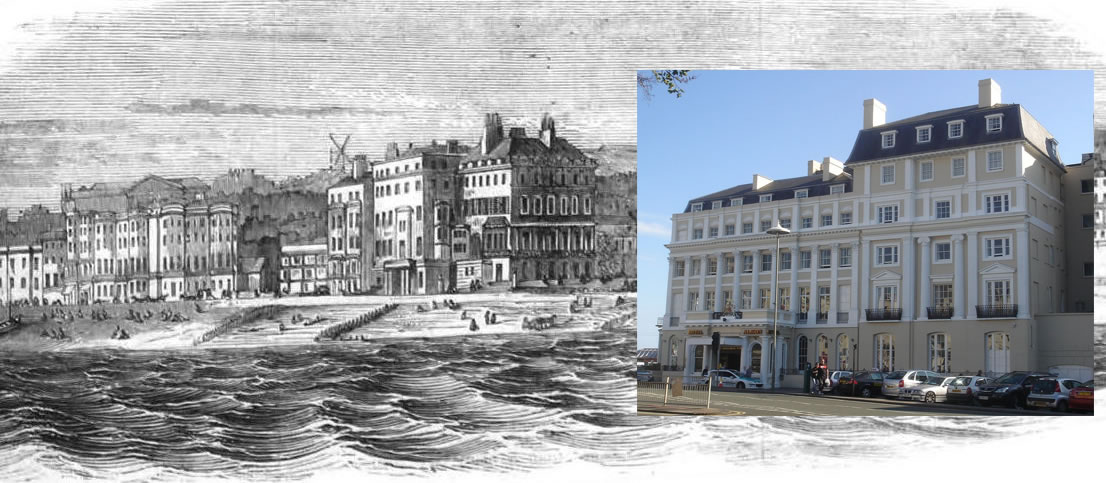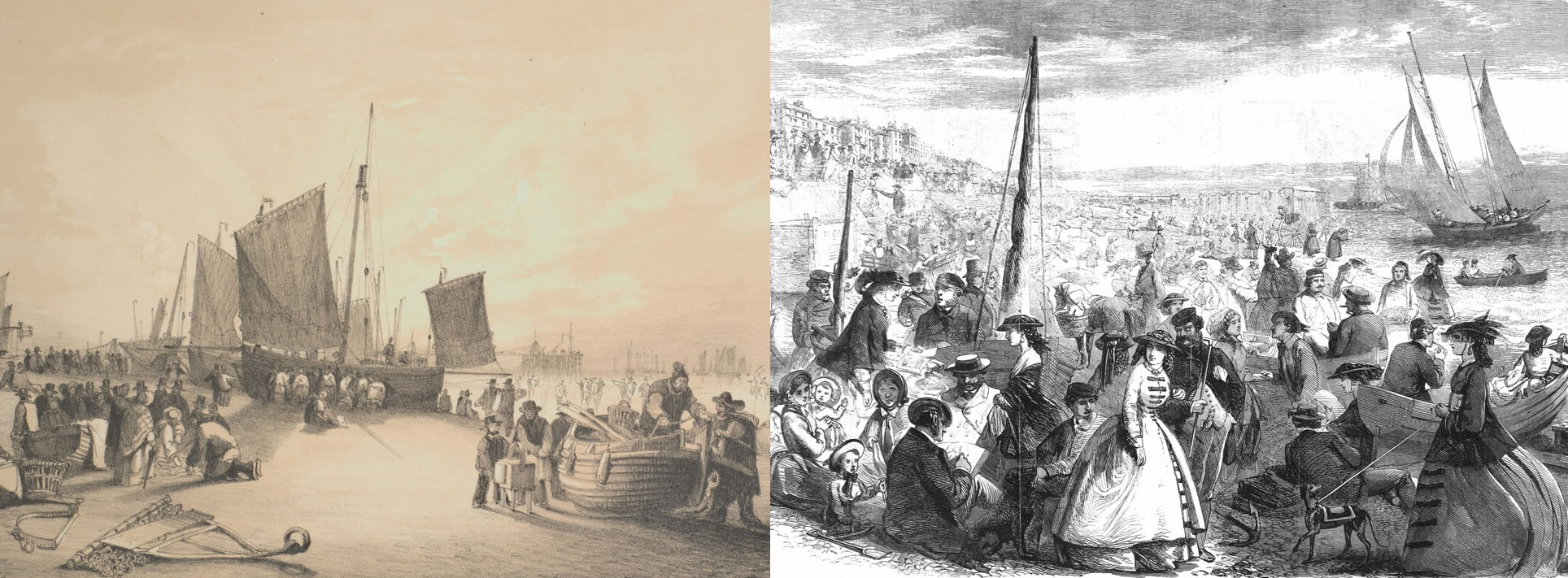Above: Richard Osman pictured with the ruins of Brighton’s West Pier behind him. Credit: BBC/Wall To Wall Media Ltd/Stephen Perry
TV game show presenter Richard Osman may tower above most of us at 6 ft 7 in, but he’s well aware of his
relatively
humble origins, and in his new episode of Who Do You Think You Are? he is clearly moved by the challenges his
forebears faced. Now a bestselling crime novelist, he also expresses his hopes of finding some darker tales in
his
family story. I’d rather find a pirate than a duke,
he comments.
The show begins with focusing on his maternal grandfather, Thomas Fred(e)rick Wright Fred to the family looking at how, denied an education due to family poverty, he sought to educate and better himself through a career in the army and then the police force. Fred and his wife Jessie (née Reed) were both born in 1918 in Brighton, Sussex. Although Richard was born in Essex, he grew up in Cuckfield, only 15 miles north of the famous seaside town, which was given joint city status with Hove in 2001, and it’s a place which has been very important to him.
To me, Brighton’s always been my home town,
he says. My whole family are from here I know my granddad’s
family
are, I know my nan’s family are as well. I don’t know how deep those roots go.

In the programme, the depth of those roots is revealed, with Brighton connections on his mother’s side stretching back well into the 18th century. In those last 200 years, Brighton has seen many changes, having grown from being the small fishing community of Brighthelmstone to a major fashionable resort, and it remains a dynamic place thronged with visitors to this day. In this article we’ll use online resources at The Genealogist, many of them exclusive to the site, to look at some of those changes over time in so doing, we can see how this website offers powerful tools for researching the locations and communities our ancestors lived in, which is very useful for widening our research beyond just the details of the family tree.
The TV programme follows one particular Brighton branch of Richard’s tree the Gillam family. The show reveals that the Gillams were hard-working fishing folk, which was inevitably a common trade for working people in this seaside town. Brighthelmstone had its roots in Anglo-Saxon times, but the shortened version ‘Brighton’ began to be used in the 17th century, and became the town’s official name in 1810. That Regency era saw Brighton at perhaps its peak, with the Prince Regent’s Royal Pavilion having been started in 1787 and developed in stages throughout the period and into his reign as George IV.
A useful resource for exploring Brighton’s development and its dizzy social whirl is its collection of digitised newspapers, particularly the Illustrated London News the site has editions from 1842 to 1899, plus 1915 to 1919, providing a great way to see changes over the Victorian era. This collection can be searched for people named, but also by keyword, such as place.
Richard’s episode of WDYTYA? looks at how the town evolved from a workplace for fishing families to a place of high society but of course the two worlds coexisted for multiple generations. Research undertaken for the show reveals that the Gillam family lived around Russell Street (also known as Great Russell Street), in a maze of poorer streets only a stone’s throw from the seafront, and we can find many Gillams there across the decades in The Genealogist’s census collection. The Brighton History website has a useful street gazetteer (see www.brightonhistory.org.uk/streets/streets_r.html) which tells us Russell Street was built in the 1780s. And we can also get a real sense of place thanks The Genealogist’s wonderful Map Explorer tool. An easy way to do this is to go to Search and click the Map Explorer image at the right, then enter either a place or street name.
Access Over a Billion Records
Try a four-month Diamond subscription and we’ll apply a lifetime discount making it just £44.95 (standard price £64.95). You’ll gain access to all of our exclusive record collections and unique search tools (Along with Censuses, BMDs, Wills and more), providing you with the best resources online to discover your family history story.
We’ll also give you a free 12-month subscription to Discover Your Ancestors online magazine (worth £24.99), so you can read more great Family History research articles like this!


Moving into the era of photography, the site also has a growing collection of historic photos and postcard images, many of which have been geolocated. This means we can also use the Map Explorer to see pinpoints for these images and get a real sense of what places might have been like in our ancestors’ times.

Russell Street, incidentally, along with several of its neighbouring streets, was named after Doctor Richard Russell (1687–1759). A native of nearby Lewes, he advocated both bathing in and drinking sea water for one’s health (the latter perhaps inadvisedly), and this work contributed to Brighton becoming a fashionable resort. The site of the house he built later became the Royal Albion Hotel in 1826, which still exists.

The TV programme uncovers a great story about one of Richard’s Gillam ancestors, a fisherman who became embroiled in a major murder trial in 1831 no spoilers about that here as it’s well worth a watch, and gives Richard some great potential inspiration for his crime novels. But it also prompts us to discover more tools at The Genealogist which can add to the sense of place. The crime in question took place in Lover’s Walk near Preston Park, a street which can still be seen today and this is easily found in Map Explorer. The site also has another major resource, likewise not available online elsewhere, in the form of its tithe collections these provide maps which can push us back as far as the 1830s and 1840s, as well as providing details of landowners and tenants.


Every family has multiple stories to tell, many of them rooted in a particular place. Here we’ve seen how The
Genealogist’s map-based resources and newspaper collections can give a rich sense of that place. Richard ends the
show reflecting that his Gillam forebears and his grandfather Fred all looked out on the same sea as he does, but he
has benefited from more luck in life, on the foundations they laid: I was born on a rising tide because of the
people we’ve seen.
(Let’s not tell Richard that The Genealogist’s census collections reveal Fred’s roots are not actually in Brighton, though, but in a blacksmithing family in Yorkshire, a long way from the south coast! A story for another time…)








